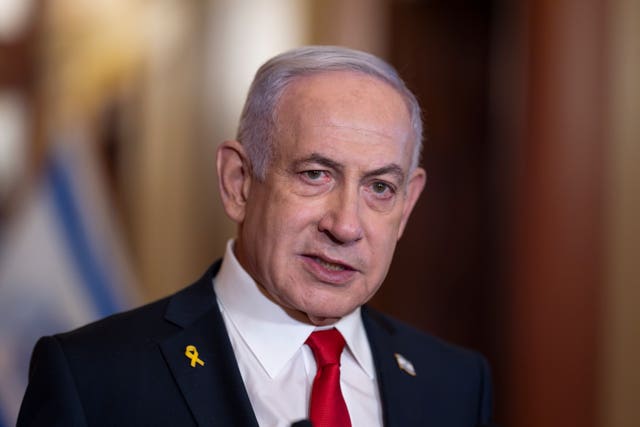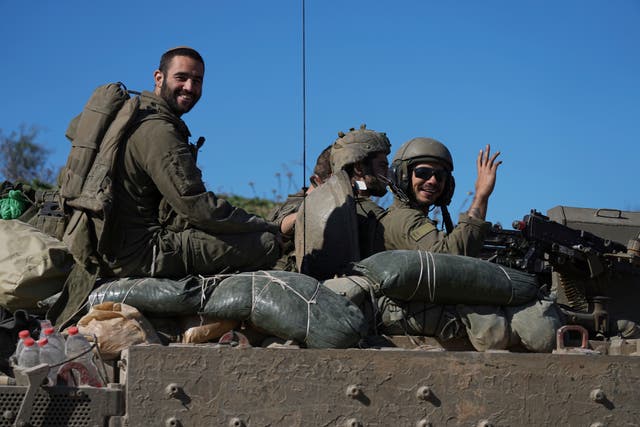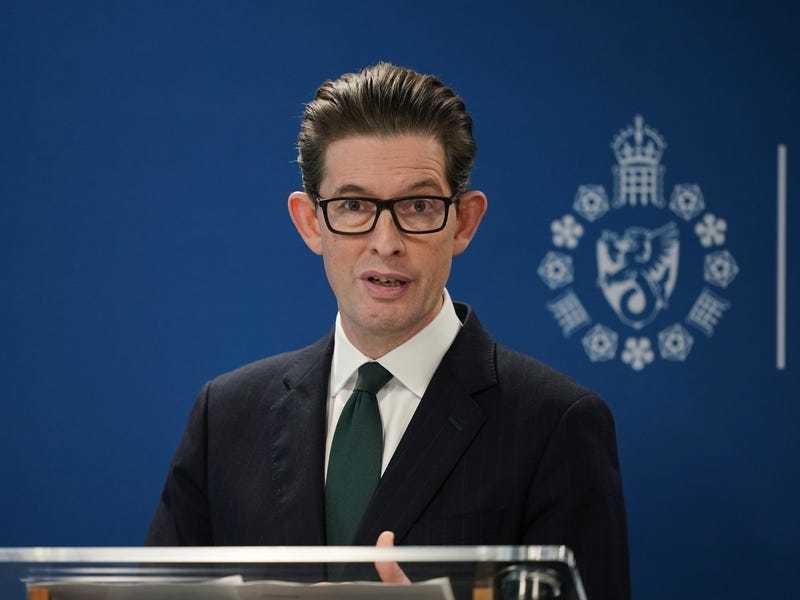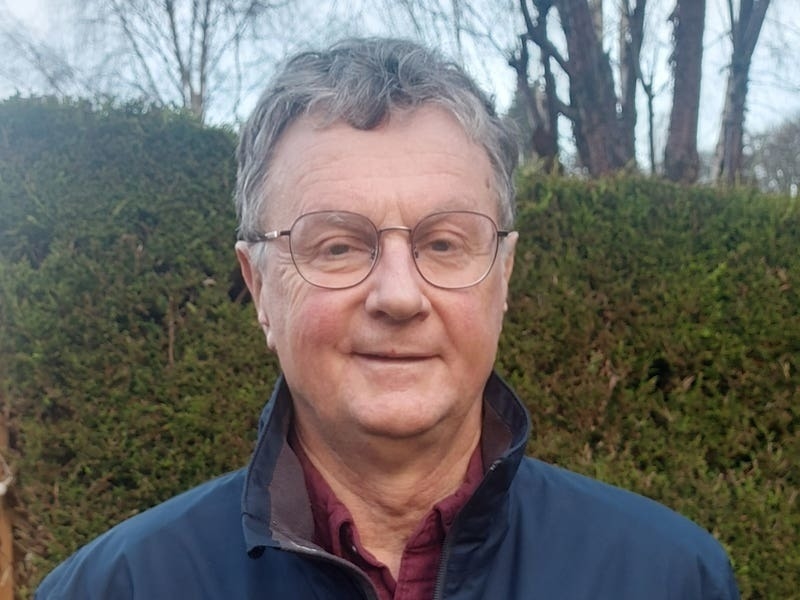Israeli forces have withdrawn from a key Gaza corridor, Israeli officials said.
The withdrawal is part of Israel’s commitments under a tenuous ceasefire deal with Hamas that is moving ahead but faces a major test over whether the sides can negotiate its planned extension.
Israel agreed as part of the truce to remove its forces from the Netzarim corridor, a four-mile strip of land that bisects northern Gaza from the south which Israel used as a military zone during the war.
The withdrawal of forces from the area will fulfil another commitment to the deal, which paused the 15-month war.
However, the sides appear to have made little progress on negotiating the deal’s second phase, which is meant to extend the truce and lead to the release of more Israeli hostages held by Hamas.
Israeli Prime Minister Benjamin Netanyahu was sending a delegation to Qatar, a key mediator in talks between the sides, but the mission included low-level officials, sparking speculation that it will not lead to a breakthrough in extending the truce.
Mr Netanyahu is also expected to convene a meeting of key Cabinet ministers this week on the second phase of the deal.
Separately on Sunday, the Palestinian Health Ministry said that two women in their 20s, including one who was pregnant, were fatally shot by Israeli gunfire in the northern occupied West Bank, where Israeli troops have been carrying out a broad operation.
Since it began on January 19, the ceasefire deal has faced repeated obstacles and disagreements between the sides, underscoring its fragility. But it has held, raising hopes that the devastating war that led to seismic shifts in the Middle East may be headed towards an end.
On Sunday, cars heaped with belongings, including water tanks and suitcases, were seen heading north through a road that crosses Netzarim.

Hamas spokesperson Abdel Latif Al-Qanoua said the withdrawal showed Hamas had “forced the enemy to submit to our demands” and that it thwarted “Netanyahu’s illusion of achieving total victory”.
The Israeli officials did not disclose how many soldiers withdrew or to where. Troops currently remain along Gaza’s borders with Israel and Egypt and a full withdrawal is expected to be negotiated in a later stage of the truce.
During the first 42-day phase of the ceasefire, Hamas is gradually releasing 33 Israeli hostages captured during its attack on October 7 2023 in exchange for a pause in fighting, freedom for hundreds of Palestinian prisoners and a flood of humanitarian aid to war-battered Gaza.
The deal also stipulates that Israeli troops will pull back from populated areas of Gaza as well as the Netzarim corridor.
In the second phase, all remaining hostages would be released in return for a complete Israeli withdrawal from Gaza and a “sustainable calm”. But details beyond that are unclear and repeated stumbling blocks throughout the first phase and the deep mistrust between the sides have cast doubt on whether they can nail down the extension.
Israel has said it will not agree to a complete withdrawal from Gaza until Hamas’s military and political capabilities are eliminated. Hamas says it will not hand over the last hostages until Israel removes all troops from the territory.
Mr Netanyahu, meanwhile, is under heavy pressure from his far-right political allies to resume the war after the first phase so that Hamas, which carried out the deadliest attack on Israelis in their history, can be defeated.
He is also facing pressure from Israelis who are eager to see more hostages return home, especially after the gaunt appearances of the three male captives freed on Saturday stunned the nation.

The suggested plan is saddled with moral, legal and practical obstacles. But it may have been proposed as a negotiation tactic by Mr Trump, to try to ratchet up pressure on Hamas or as an opening gambit in a bargaining process aimed at securing a normalisation deal between Israel and Saudi Arabia.
That grand deal appeared to be rattled on Sunday as Saudi Arabia condemned remarks by Mr Netanyahu who said Palestinians could create their state in that territory.
Saudi Arabia said his remarks “aim to divert attention from the successive crimes committed by the Israeli occupation against our Palestinian brothers in Gaza, including the ethnic cleansing they are being subjected to”.
In an interview on Thursday with Israel’s Channel 14, Mr Netanyahu said: “The Saudis can create a Palestinian state in Saudi Arabia; they have a lot of land over there.”
The United Arab Emirates, which reached a diplomatic recognition deal with Israel in 2020, also condemned Mr Netanyahu’s remarks.
The war in Gaza, sparked by Hamas’s attack that killed 1,200 people and saw 250 taken hostage, has killed more than 47,000 Palestinians, according to local health authorities who do not differentiate between fighters and non-combatants in their count.
Vast parts of the territory have been obliterated in the fighting, leaving many Palestinians returning to damaged or destroyed homes.
Violence has surged in the West Bank throughout the war and has intensified in recent days with an Israeli military operation in the north of the territory.
The shooting of the pregnant woman happened in the Nur Shams urban refugee camp, a focal point of Israeli operations against Palestinian militants in the territory. The Palestinian Health Ministry said another woman was also killed there on Sunday.
Israel’s ddefence minister, Israel Katz, announced on Sunday the expansion of the Israeli military operation, which started in the city of Jenin several weeks ago. He said the operation was meant to prevent Iran from establishing a foothold in the occupied West Bank.






